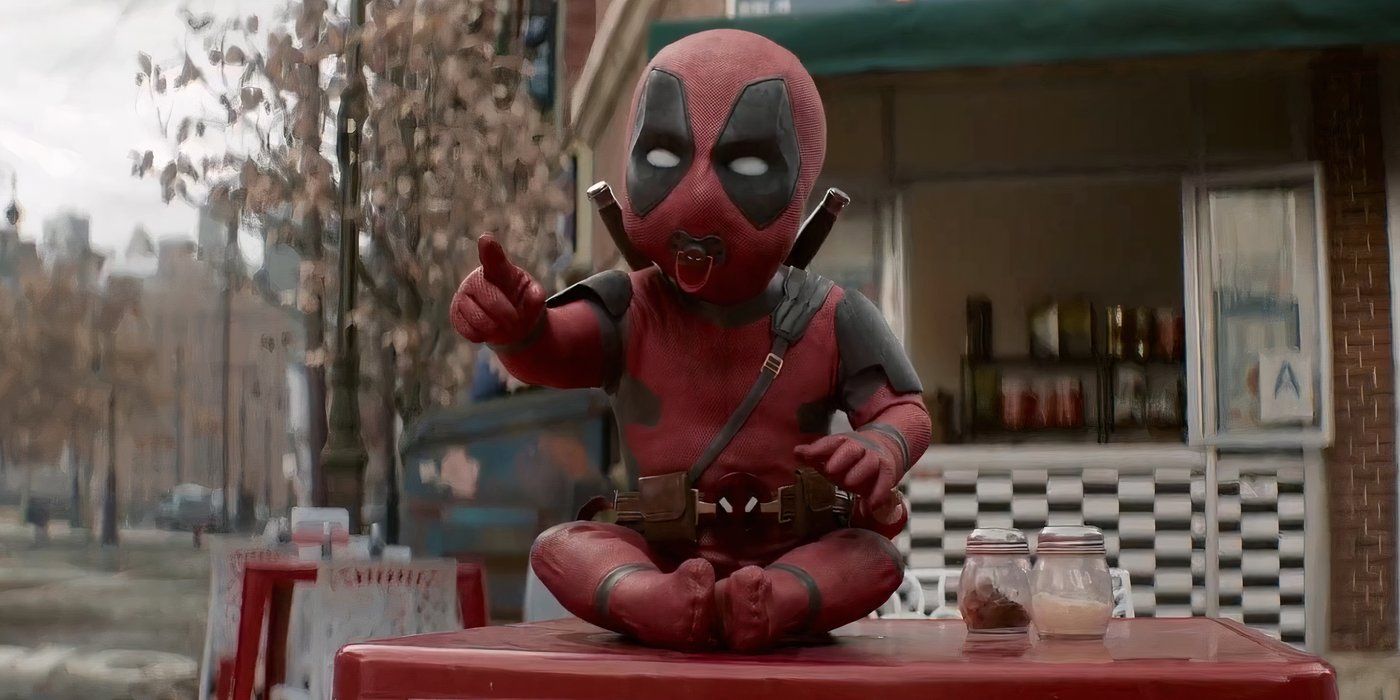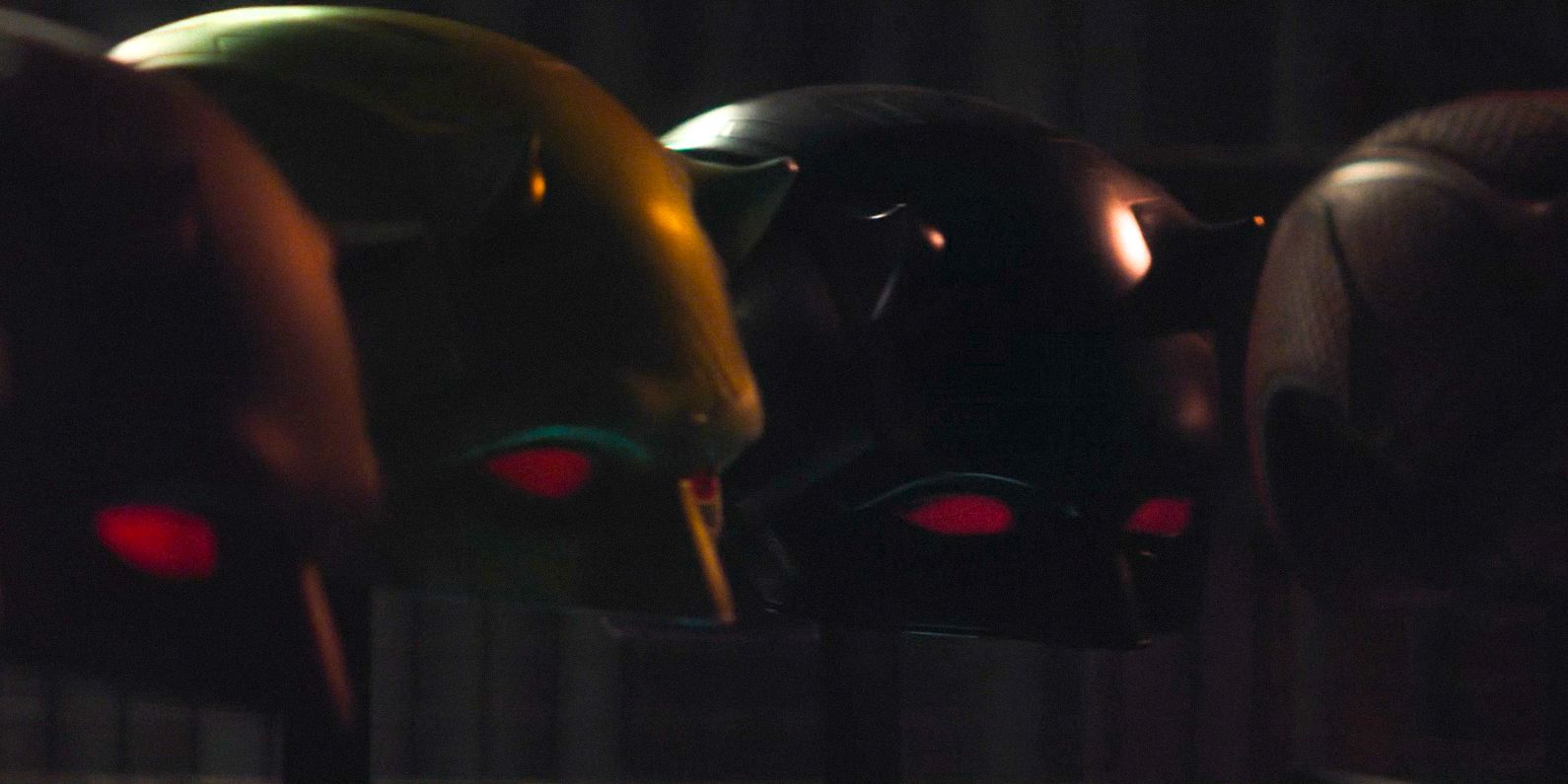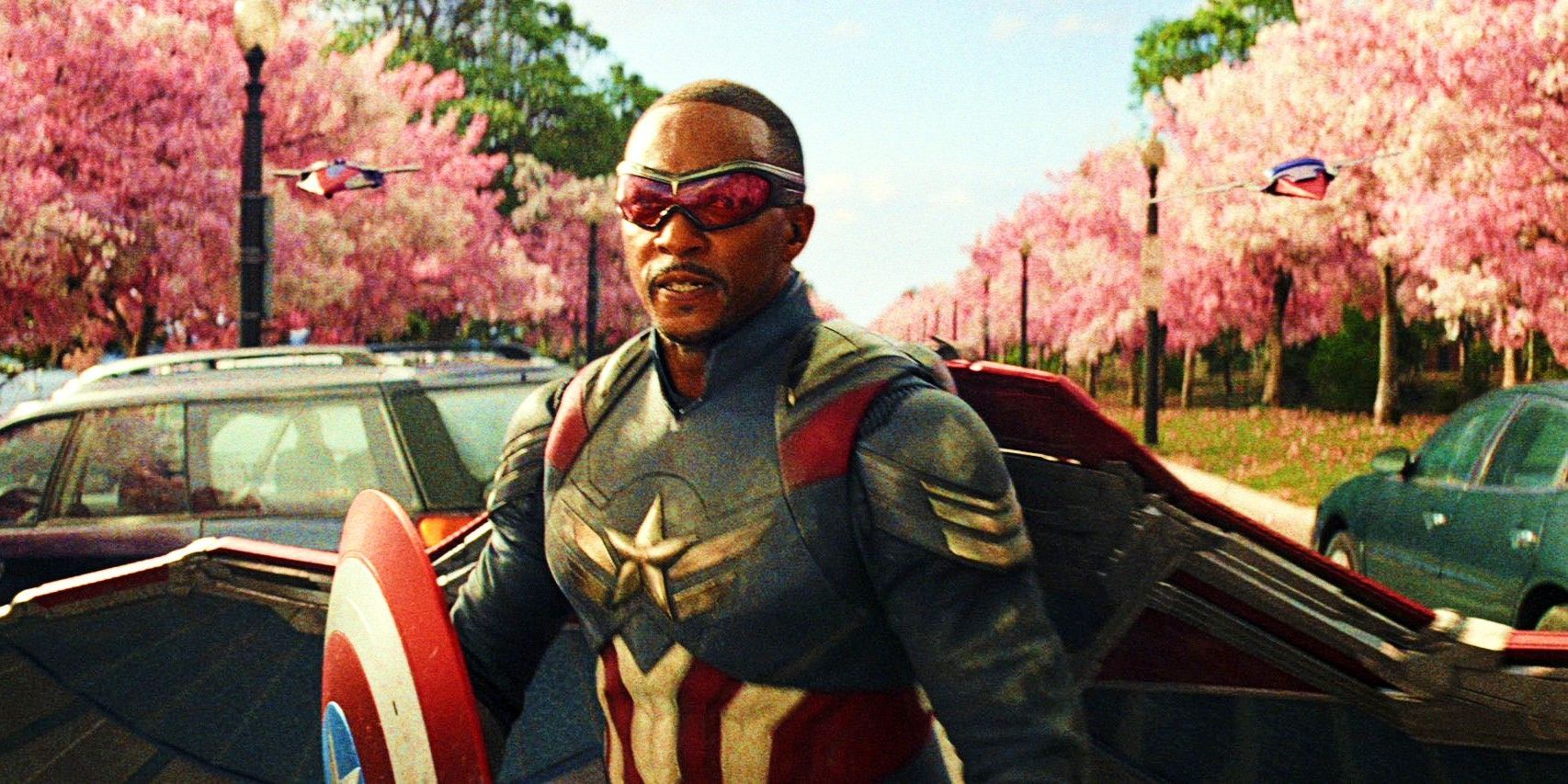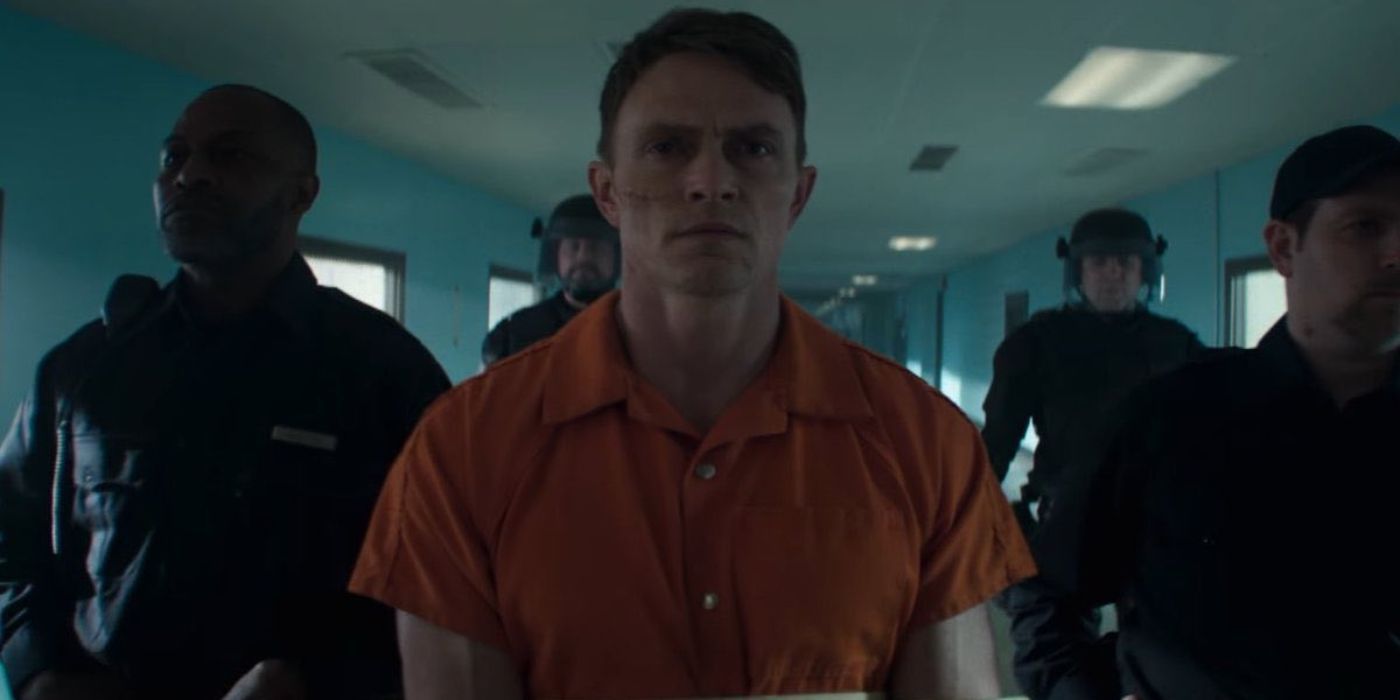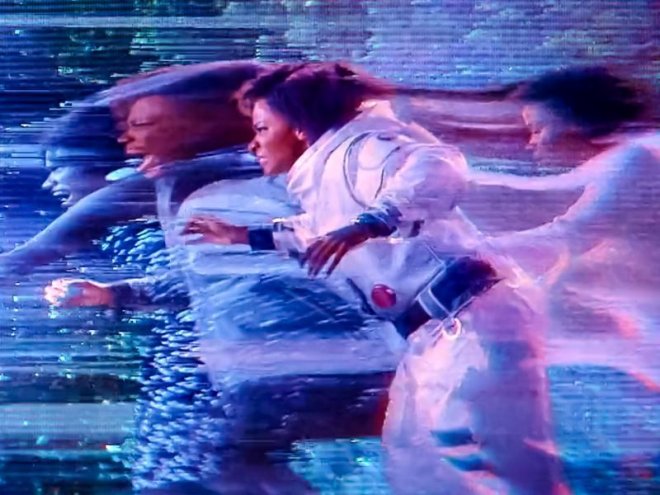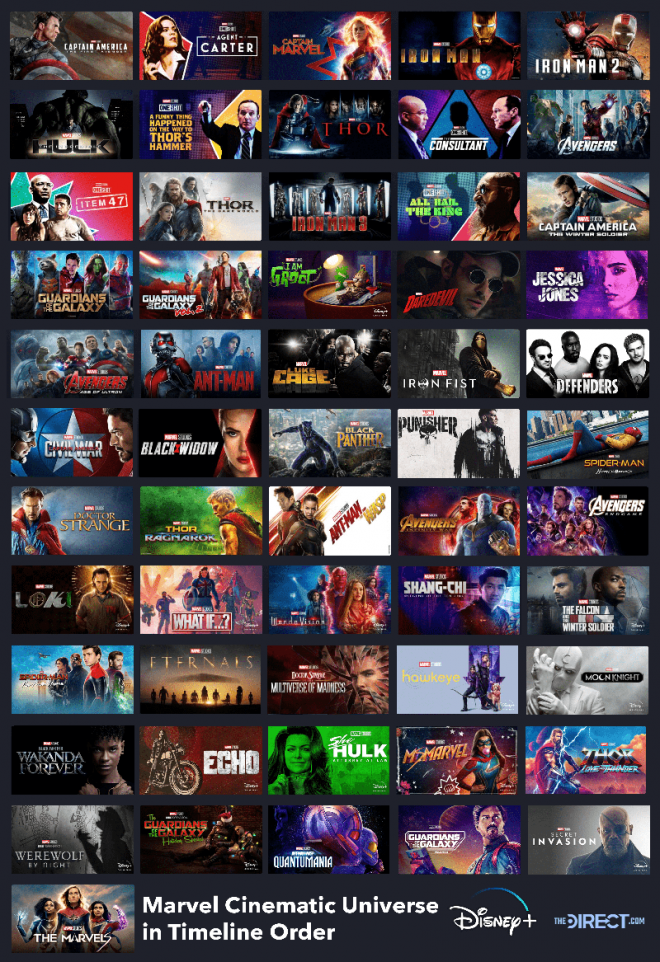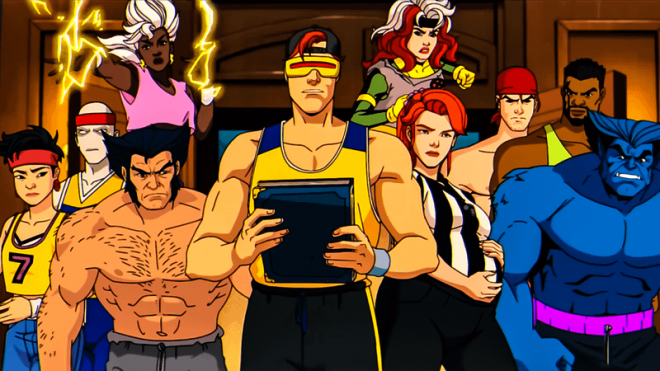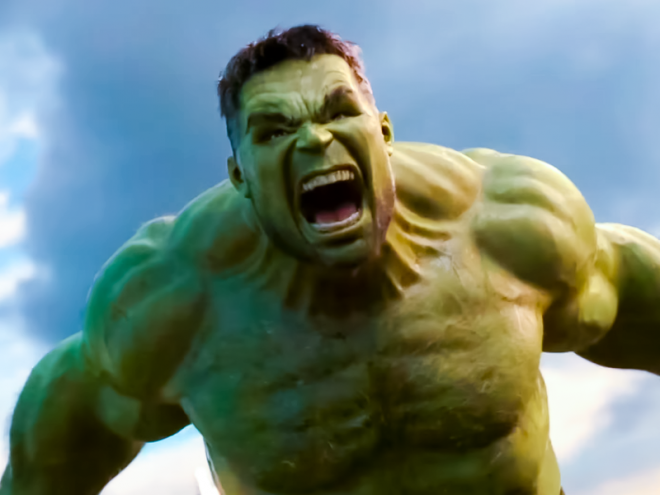Avatar 2 VFX Supervisor Reveals Which 2 Characters Were Hardest to Create
The VFX team behind Avatar: The Way of Water has revealed which characters were the hardest to bring to life.Currently, the sequel to the hit 2009 original film is destroying at the box office—it"s even beat recent records set by Spider-Man: No Way Home.
One of the key aspects of the Avatar franchise is the VFX on display. What director James Cameron pulled off in Avatar 2 is absolutely mind-blowing. But the process of bringing Pandora to life isn"t an easy one.
In fact, the VFX artists behind The Way of Water have previously revealed that "there"s a lot" they want to "make better for the next film."
Now, those same talented creatives have shared which characters were the hardest to bring to life in the long-awaited sequel.
The Challenge of Bringing Avatar Characters to Life
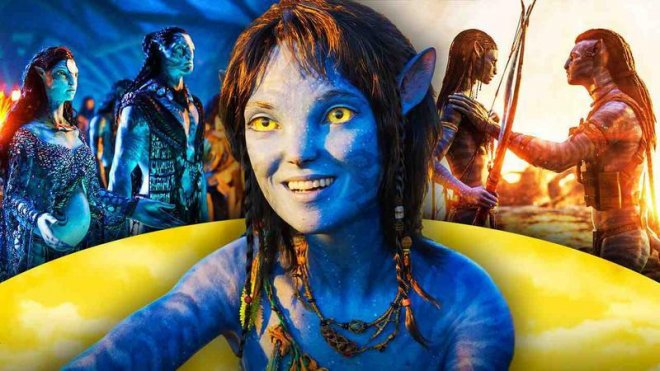 20th Century StudiosDuring a virtual press conference, the VFX team behind Avatar: The Way of Water talked about the most challenging characters to work on while creating the movie.
20th Century StudiosDuring a virtual press conference, the VFX team behind Avatar: The Way of Water talked about the most challenging characters to work on while creating the movie.For Senior Animation Supervisor Dan Barrett, it was "both Kiri and Quaritch," due to the actors being significantly older than the characters being portrayed in the film.
"Well, I mean, I think in terms of characters, the most challenging would"ve been both Kiri and Quaritch. You know, the performers being older than the characters themselves, it was a bit of work there. A little bit of translation required to make sure we kept that authentic performance of the actors. I think probably one of the most challenging scenes was that one you brought up earlier, Jon, which was the, I mean, it had all of the kids in it. But it was basically in the tent with Drake, you know, insisting that they had to leave and Neytiri, you know, saying no."
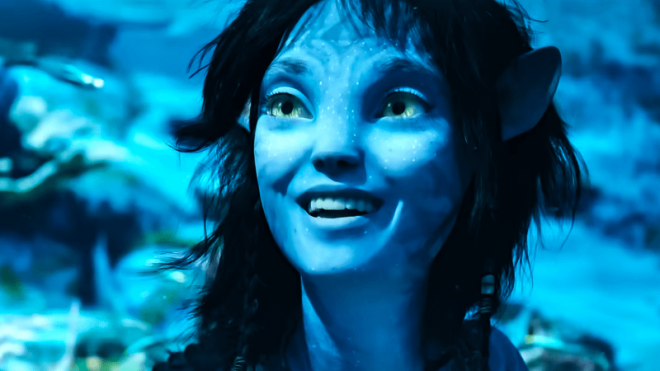 20th Century StudiosIn order to make those two characters work how they wanted them to, the team had to "basically [throw] out what [they"d] previously had:"
20th Century StudiosIn order to make those two characters work how they wanted them to, the team had to "basically [throw] out what [they"d] previously had:""And I think, you know, we had those rigs. We had those characters. We"d done it before. And this, we"d sort of cleared the decks. We"d thrown them away and rebuilt them. And I think that was sort of the big challenge, getting back to and beyond where we had been before, you know, having basically thrown out what we"d previously had."
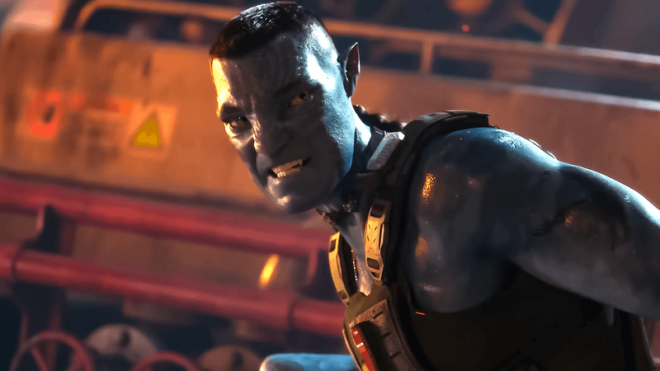 20th Century StudiosRichie Baneham, an Executive Producer and Lightstorm Visual Effects Supervisor for the project, brought up Lo"ak and Payakan as an example, joking how "[they] really are just animating an eye... as far [as] expression is concerned:"
20th Century StudiosRichie Baneham, an Executive Producer and Lightstorm Visual Effects Supervisor for the project, brought up Lo"ak and Payakan as an example, joking how "[they] really are just animating an eye... as far [as] expression is concerned:""I"ll add to that, as well, which is that one of the really challenging things is to work a performance with a very, very limited rig. Which, that sounds like a strange thing for us to say. But Payakan and the relationship with Lo"ak, I think getting that to come together and getting them to feel like they emote and they connect. Again, we really are just animating an eye, you know, as far [as] expression is concerned."
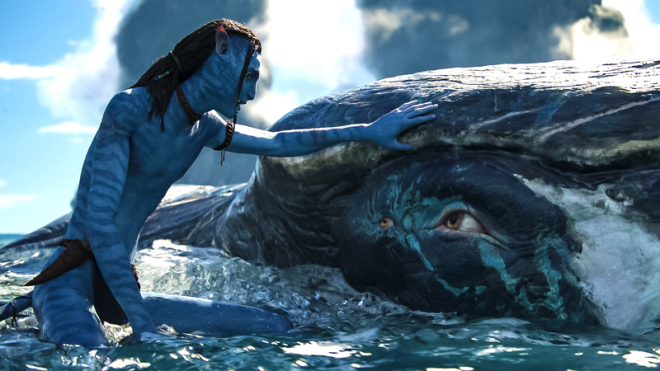 20th Century StudiosHe then elaborated on how the team used "the body language of the Tulkun" to help film the performance and emotion:
20th Century StudiosHe then elaborated on how the team used "the body language of the Tulkun" to help film the performance and emotion:"So, you have to tell the story with the body language of the Tulkun. And I think that relationship comes together in a delicious way. Not necessarily the hardest challenge, when you look at it, you know, from everything we have to solve. But I think it"s important to crack that code early. And there were some fantastic animators on, you know, Eric and Andrew Colder, who did some early, really expressive animation that just allowed you to look at Payakan as a fully evolved character. And he literally has no facial expression and you get the connection."VFX Supervisor Jonathan Nixon specifically enjoyed playing around with the scales of both Lo"ak and Payakan:
"I mean, it"s hard. It"s hard picking a favorite of any. I mean, they"re all great. I mean, Lo"ak and Payakan, I think, for me, just because they play with that environment so much, of the water. And you get both scales. You get Lo"ak"s scale. You get Payakan scale. And how that connects together, whether you"re above the surface of the water, right at the surface of the water, as Lo"ak is talking to Payakan. And, you know, he jumps up on his fin and the water is splashing against him. And all of those small details that we get to add."What"s Ahead for Avatar 3"s VFX?There"s no denying how impressive the VFX work in The Way of Water is. Achieving the heights that they have, and bringing to life those performances for every character, is nothing short of jaw-dropping.
While the second Avatar movie had 13 years to improve upon itself, this time around, the third movie is only two years away, arriving on December 20, 2024. So what technological feats could James Cameron"s franchise achieve in that time frame?
Well, for one, the director has revealed the third entry will introduce "ash people," who reside in a more volcanic area of Pandora. It"s hard to picture what that might mean in terms of new creatures and characters, but it"ll certainly provide some stunning new imagery, at the very least.
It seems that the story will likely center around the same cast of Avatar: The Way of Water, including those in the new water tribe, such as Ronal, Tonowari, and Tsireya.
Though it"s not clear how Payakan"s story will continue being told after the aforementioned change of scenery—one would have to assume that they wouldn"t be able to swim through lava and fire.
Avatar: The Way of Water is now playing in theaters worldwide.
[圖擷取自網路,如有疑問請私訊]
|
本篇 |
不想錯過? 請追蹤FB專頁! |
| 喜歡這篇嗎?快分享吧! |
相關文章
SuperHeroKing








